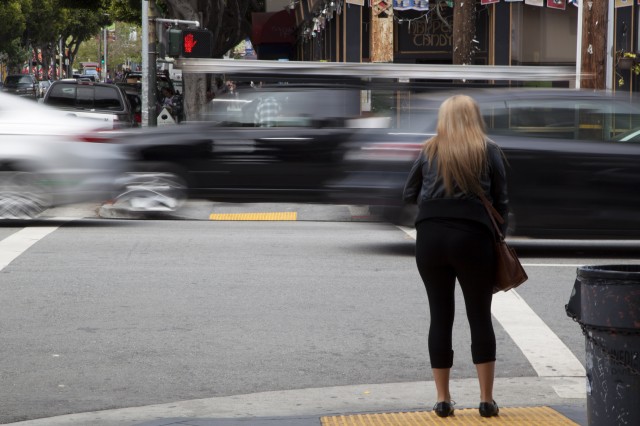
With growing concern about pedestrian safety in San Francisco, and the city getting on board with a plan to end all traffic deaths within 10 years, Supervisor Eric Mar wants to study lowering speed limits to 20 mph, especially on streets with high collision rates.
"My hope is that as our Vision Zero process for San Francisco moves forward with engineering, enforcement and education, that we also look at policy changes like lowering speed limits, to save lives and make our streets safer," said Mar.
Vision Zero is a plan to eliminate all traffic fatalities by 2024. Under the plan, the San Francisco Municipal Transportation Agency has identified the most troubling intersections and plans to undertake quick "cost-effective" measures to improve pedestrian safety.
Mar has asked the city's budget and legislative analyst to look at three things: what the city can learn from London, New York and Paris, which have implemented 20 mph speed zones, how many lives could be saved, and the financial and environmental impacts of lowering speed limits.
London's 20 mph speed zones have led to a steady decline in injuries and deaths, especially among children, according to one study. London's program helped inspire San Francisco's 15 mph school zones.